More than three-quarters of the way through 2023 was the most difficult period in the history of Vietnam's textile and raw material exports. Although textile and garment exports have recovered at this time, the pace is still very slow, even stagnant, especially in the garment group. To complete the export turnover plan of more than 40 billion USD, businesses must flexibly implement solutions to take advantage of opportunities, promote growth,...
The current textile and garment export situation is not very optimistic. Enterprises are still trying to find orders for the last months of the year and the first quarter of 2024, and at the same time, hope to receive "warmer" signals from the market in the coming time.
Flexible solutions
In 2023, textile and garment exports will face many difficulties due to economic and political instability leading to inflation, which will restrain consumption targets from Vietnam's major export markets, especially for textiles and garments, which are not essential goods, so the decline rate is very high.
By the end of October, Vietnam's total textile and garment export turnover reached only over 33 billion USD, down 12.45% over the same period in 2022 (in October, the situation was more positive with turnover reaching over 3.2 billion USD, up 5.28% over September and up 2.96% over the same period last year).
Currently, the US is still the largest market, accounting for more than 40% of the market share of the Vietnamese textile and garment industry, followed by Japan, the EU, South Korea, China, etc. In general, the main export markets of textiles and garments have tended to decrease in recent times, for example, the EU market, the number of orders has decreased due to major partners such as Decathlon, Nike, Adidas, etc. have decreased sharply. For the US market, in the first half of 2023, Vietnam's textile and garment lost 1.3% of its market share in this market; textile and garment exports to China in the first 8 months of this year also only reached 7.5 billion USD, down 11.6% over the same period.
In general assessment of the export market, Chairman of the Board of Directors of Hung Yen Garment Corporation Nguyen Xuan Duong said that the current world situation is very difficult, the price of oil, fuel, food all increase, reducing consumer demand, including textiles. To overcome difficulties, the unit is not only flexible in production management but also proactively converting orders, increasing support between units in the corporation to ensure jobs and stable income for workers.
Hung Yen Garment also began to orient and research to continue improving productivity, accepting both high-quality orders and processing orders, labor protection, at the same time, increasing investment in high automation, improving the capacity of workers, reducing some capital management costs, etc.
Similarly, General Director of Hue Textile and Garment Joint Stock Company Nguyen Van Phong affirmed: In the face of the difficult market situation, businesses need to unite, share, and avoid product dumping. Currently, customers are very interested in product quality, fast delivery, small orders, high complexity, etc., so businesses need to pay attention to labor productivity to meet the requirements. "To improve labor productivity, businesses must invest in high-level, deep and timely automation equipment, at the same time, need to pay attention to management methods, improve labor skills to increase competitiveness in the market" - Mr. Nguyen Van Phong emphasized.
According to a representative of TNG Investment and Trading Joint Stock Company, thanks to proactively applying market response solutions, the total revenue of the unit in 10 months reached 6,007 billion VND, completing 88% of the yearly plan (in October alone, revenue reached 570 billion VND, equal to 100% compared to the same period in October 2022). In the coming time, the unit will continue to invest in modern equipment, proactively source raw materials to increase production, meeting consumer demand.
 |
Production of textiles for export at Nam Dinh Textile and Garment Joint Stock Corporation. |
Increase competitive advantage
Chairman of the Ho Chi Minh City Textile, Embroidery and Knitting Association Pham Xuan Hong added that the existing orders are only enough to meet 85% to 90% of the production capacity of factories in the area. The returning orders are mainly small and retail, requiring designs, fashion and very competitive prices. This is contrary to the norm, because usually at the end of the year, factories have orders and arrange production schedules until mid-year or the end of the third quarter of the following year. "Although not as expected, in the current difficult context, the recovery of orders is also a positive sign, thereby helping businesses reduce pressure and maintain labor while waiting for the market to fully recover," Mr. Pham Xuan Hong affirmed.
In the “gray” picture of the market over the past 10 months, the only bright spot is the high growth of the Comprehensive and Progressive Agreement for Trans-Pacific Partnership (CPTPP) such as Japan, Canada, Australia, and New Zealand. In addition, our country has opened a number of new markets in Africa and the Middle East, helping to prevent the industry’s export turnover from falling sharply in the context of sharply decreasing market demand.
Assessing the market signals, General Director of Vietnam Textile and Garment Group (Vinatex) Cao Huu Hieu stated that in the first months of the year, businesses were extremely stressed when facing many objective difficulties. Most units were under-loaded, and some even had to "measure" orders each month. Processing prices remained about 30% lower than before; price competition among textile and garment exporting countries became increasingly fierce.
Entering the fourth quarter, market signals began to become more positive as the frequency of customers coming to learn about product sources and production capacity increased. Although official orders had not yet been finalized, they were a driving force for garment units to step up sample making and quote prices to customers with an "optimized" price structure, hoping to receive orders for the next period. For the yarn industry, signs showed that the "bottom" phase may have passed. Some markets showed signs of recovery, although demand remained low. In August, some units were close to breaking even, and some even had positive profits.
According to forecasts, the EU's inflation rate in September was just announced to decrease to 4.3% (previously at 5.2% - 5.3%), the lowest level since October 2021. The Chinese market also showed signs of improvement since August, when China's purchasing managers' index (PMI) increased to 50.2 points in September (higher than forecast) from 49.7 points in the previous month. For the US market, the Federal Reserve (FED) also decided not to raise interest rates at this time but to postpone it to the end of 2023,... These are positive factors that can help Vietnam's textile and garment export turnover increase in the coming time.
Therefore, the key task of enterprises in the last months of 2023 is to take full advantage of market opportunities; organize production in the best way to increase labor productivity, meet small orders, high quality requirements; build flexible production plans and arrange appropriate human resources to optimize labor costs. "We must act quickly and decisively, based on thinking and considering input information that is continuously and promptly provided. Action is what decides, not thinking.
Businesses cannot choose the market context, but they can absolutely decide how they will overcome 2023 and welcome 2024. With proactiveness and confidence based on effectively controlled information, we can completely trust to welcome the return of development with a new mindset, new capacity and new performance" - Mr. Cao Huu Hieu emphasized.
The decline in Vietnam's textile and garment export turnover and market share, in addition to the objective reasons of the decline in world demand and the trend of shifting orders to countries with geographical advantages, is also due to the decline in the competitiveness of Vietnam's textile and garment industry. Enterprises face difficulties in the face of strict requirements from brands on quality standards, compliance with policies on sustainable development, circular economy as well as labor standards, production transparency, etc.
Chairman of Vietnam Textile and Apparel Association (Vitas), Vu Duc Giang
Therefore, businesses must quickly change and adapt to market fluctuations, including organizing vocational training courses, training human resources for green transformation and digital transformation, thereby improving labor productivity and competitiveness in the market. In addition, it is necessary to retain customers by accepting small orders with specialized advantages as well as promoting the exploitation of new markets, while reducing costs to boost production and business activities, promoting growth.
Source









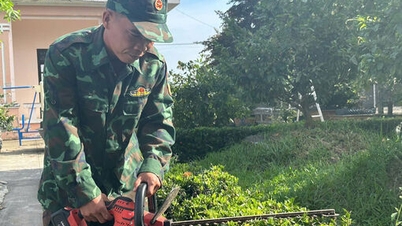

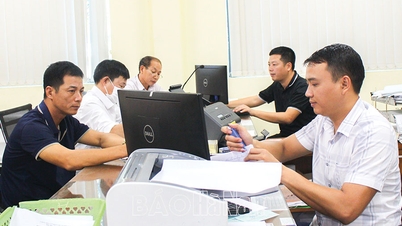


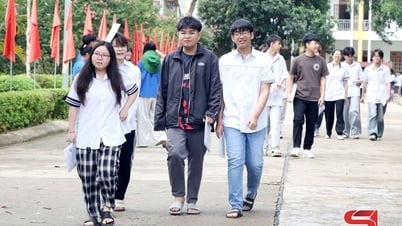



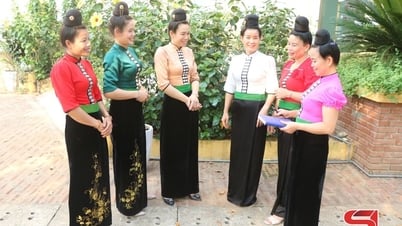
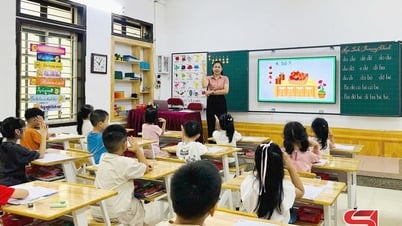





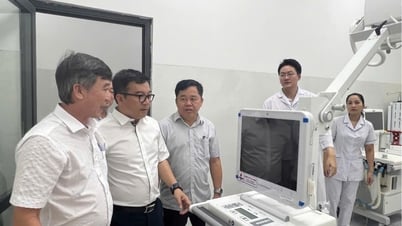





















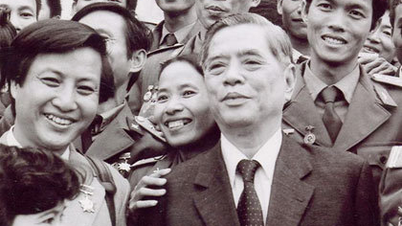


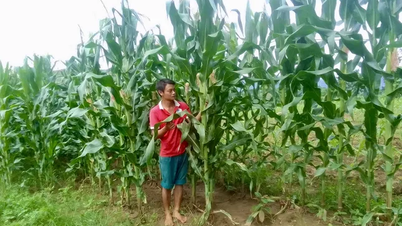



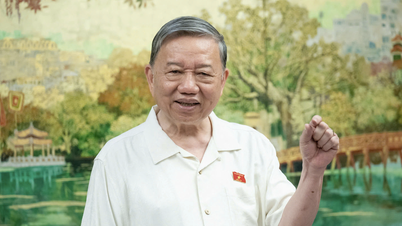


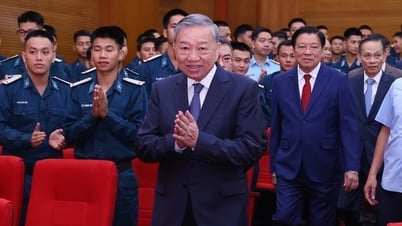





![[Infographic] Circular guiding the functions, tasks and powers of the provincial Department of Culture, Sports and Tourism and the commune-level Department of Culture and Social Affairs](https://vphoto.vietnam.vn/thumb/402x226/vietnam/resource/IMAGE/2025/6/29/877f24989bb946358f33a80e4a4f4ef5)

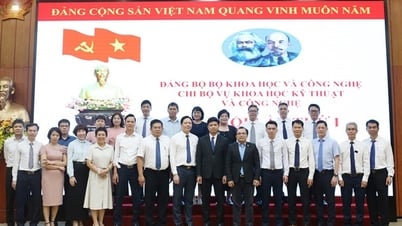



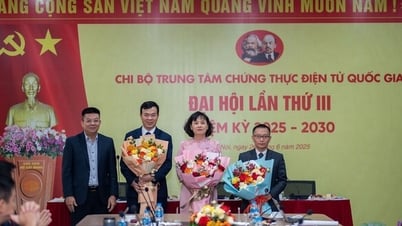



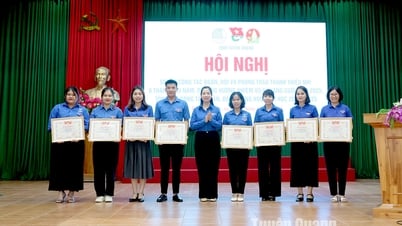




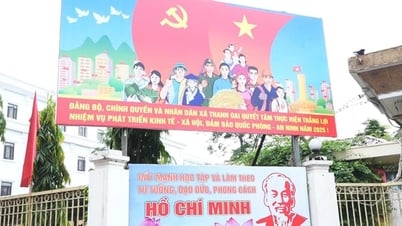
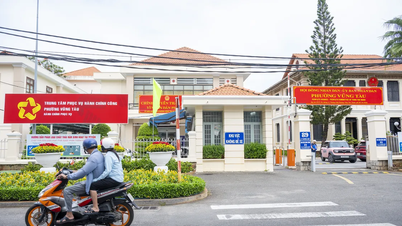












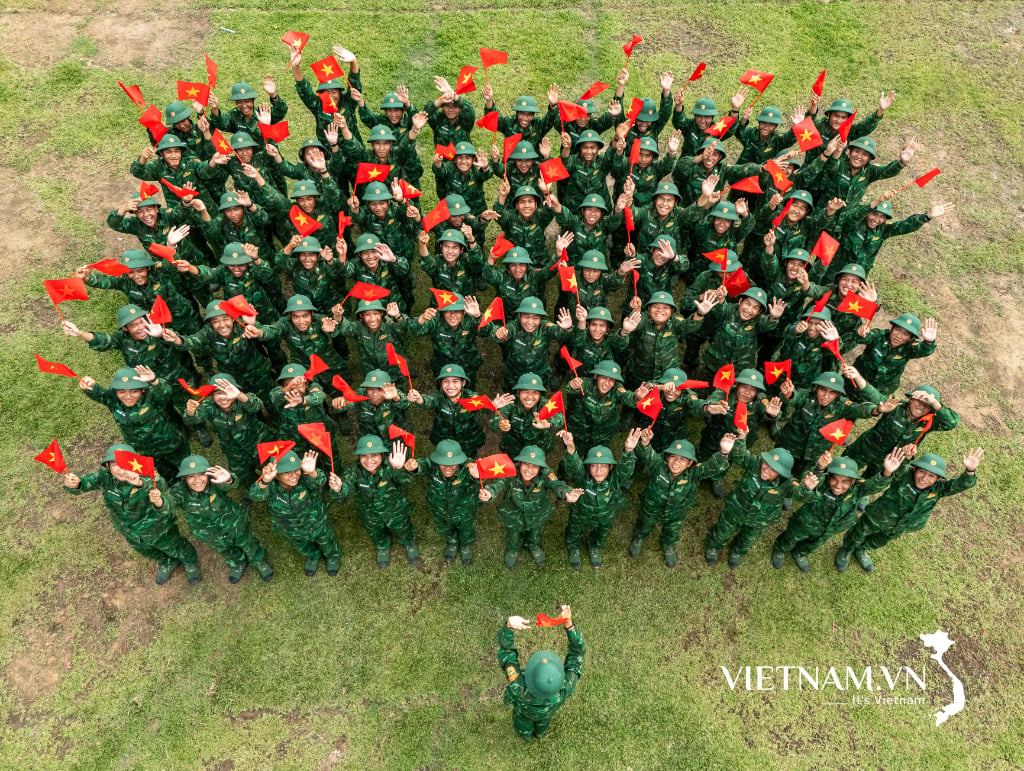


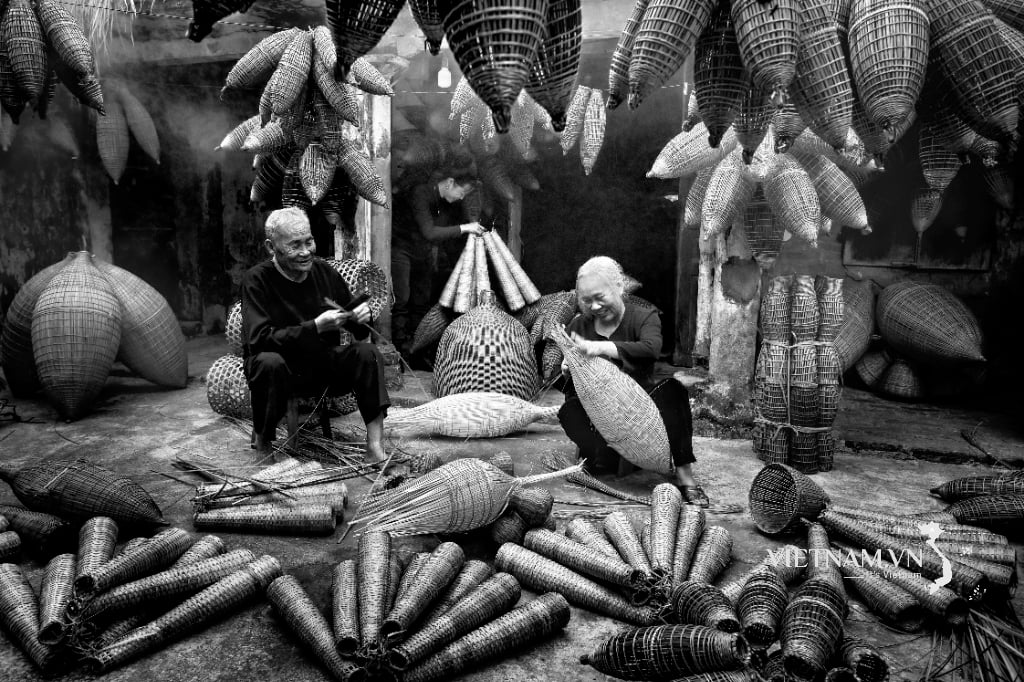
Comment (0)